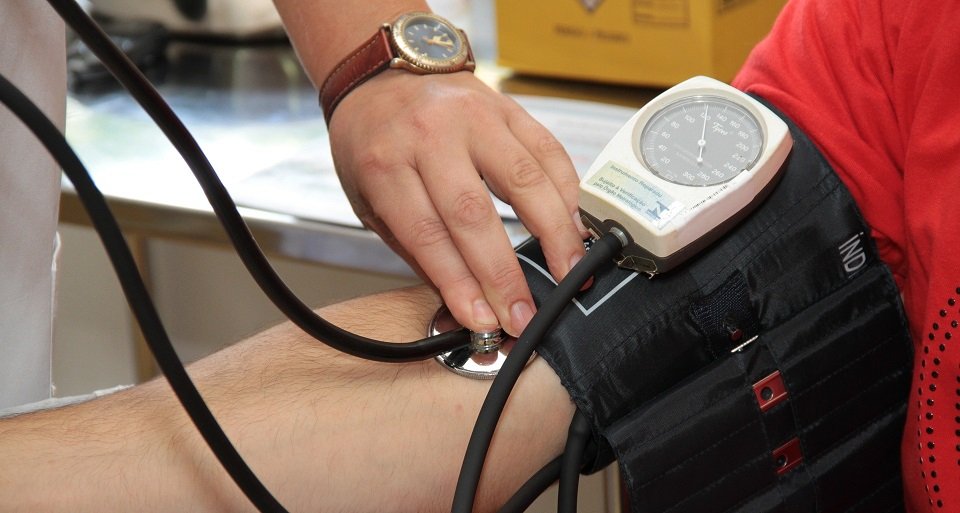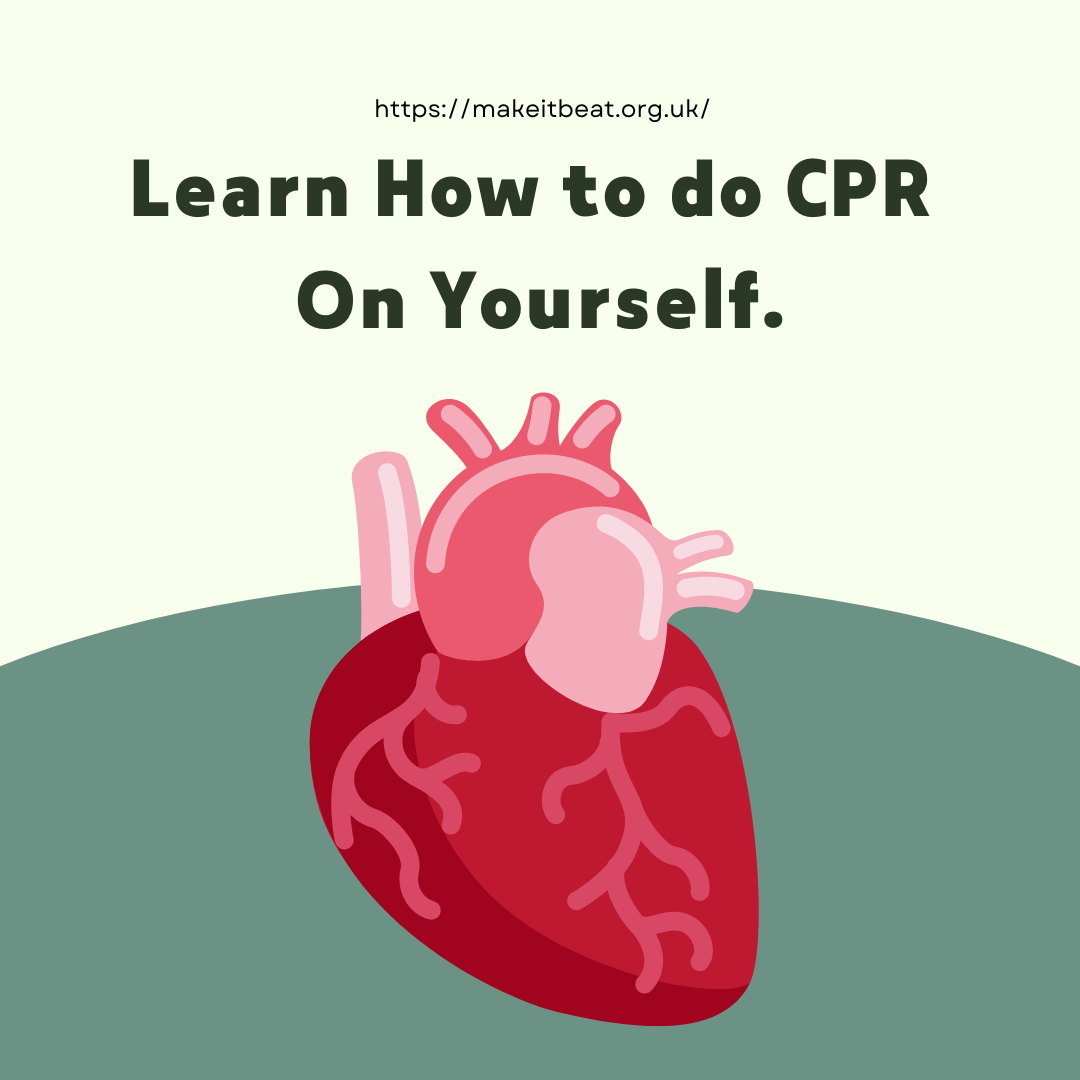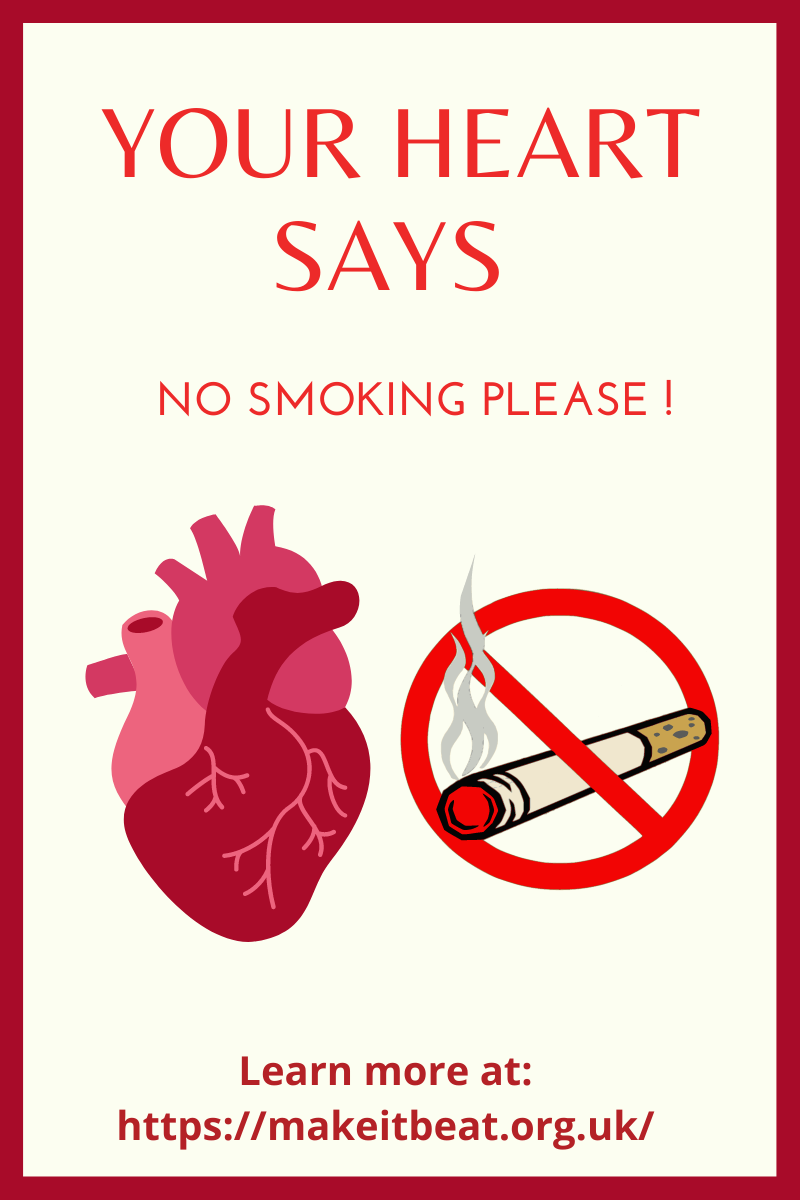What is CPR?
The letters CPR stand for cardiopulmonary resuscitation. The term embraces all the procedures, from basic first aid to the most advanced medical interventions that can be used to restore the breathing and circulation in someone whose heart and breathing have stopped. CPR refers to the basic first aid procedures that can be used to keep someone alive until the emergency medical services can get to the scene. The most important skills are chest compressions to pump blood around the body, and rescue breaths to provide oxygen.
What is a cardiac arrest?
Cardiac arrest means that the heart has stopped pumping blood around the body.
The most likely cause is ventricular fibrillation, in which the normal orderly electrical signal that controls the heartbeat becomes completely disorganised and chaotic, and the heart is unable to act as a pump. Ventricular fibrillation can be treated with a defibrillator that delivers a high energy shock to restore the heart’s normal rhythm.
Is a heart attack the same as a cardiac arrest?
No, the terms mean different things. Although ‘heart attack’ is often used to refer to a sudden cardiac arrest, this is incorrect. A heart attack (or myocardial infarction to use the medical term) occurs when an artery supplying the heart with blood becomes blocked. This usually causes chest pain and leads to damage to some of the muscle of the heart. It may cause cardiac arrest, particularly in the early stages, but this is not inevitable.
The risk of cardiac arrest, however, emphasises the importance of calling for immediate help if anyone is suspected of having a heart attack so that they can receive treatment to reduce the damage to their heart and reduce the risk of a cardiac arrest occurring.
How do I recognise that someone has had a cardiac arrest?
When the heart stops, blood supply to the brain also stops. The victim will collapse unconscious and will be unresponsive. Breathing also stops, although it may take a few minutes to stop completely. For the first few minutes, the victim may take noisy, infrequent or gasping breaths. The key features of cardiac arrest are therefore someone who is unconscious, unresponsive and NOT BREATHING NORMALLY. Noisy, infrequent or gasping breaths is not normal breathing.
If you have any doubt whether someone is breathing normally or not, assume it is it NOT normal: call 999 immediately and start CPR.
How many people survive a cardiac arrest?
In the UK fewer than 10% of all the people in whom a resuscitation attempt is made outside the hospital survive. Improving this figure is a major priority for us.
Saving a life is possible where the arrest is recognised immediately, bystanders perform CPR, and an automated defibrillator is used before the ambulance service arrive. Survival rates in excess of 50% have been reported under these circumstances.







